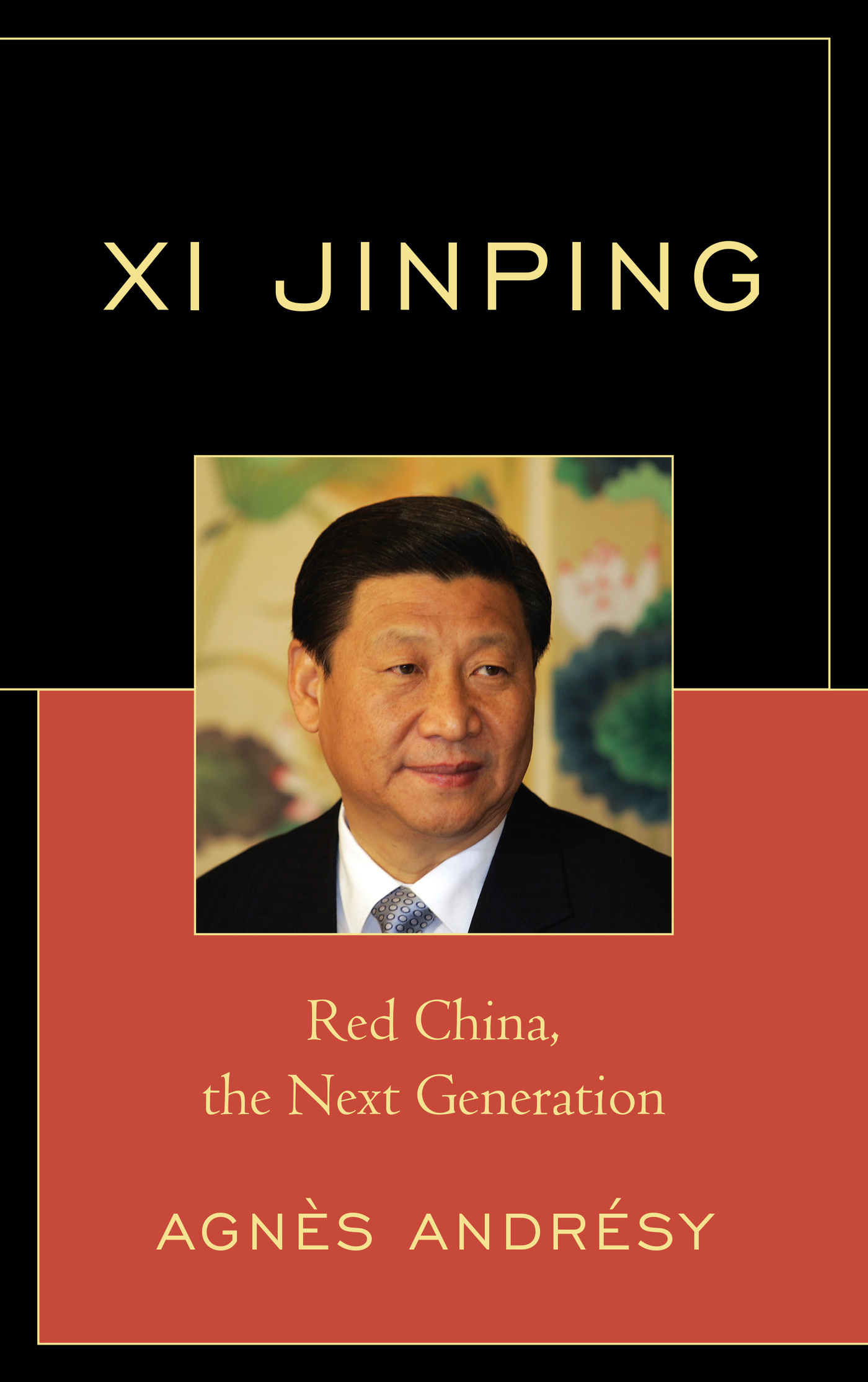Xi Jinping
Red China, the Next Generation
Agns Andrsy
University Press of America, Inc.
Lanham Boulder New York Toronto Plymouth, UK
This book was originally published in French as Xi Jinping, la Chine rouge nouvelle generation by LHarmattan, Paris 2013.
English language edition copyright 2016 by University Press of America, Inc.
4501 Forbes Boulevard, Suite 200, Lanham, Maryland 20706
UPA Acquisitions Department (301) 459-3366
Unit A, Whitacre Mews, 26-34 Stannary Street,
London SE11 4AB, United Kingdom
All rights reserved
Printed in the United States of America
British Library Cataloguing in Publication Information Available
Library of Congress Control Number: 2015938555
ISBN: 978-0-7618-6600-8 (cloth : alk. paper)ISBN: 978-0-7618-6601-5 (electronic)
Cover image iStockphoto.com/ EdStock
 TM The paper used in this publication meets the minimum requirements of American National Standard for Information Sciences Permanence of Paper for Printed Library Materials, ANSI/NISO Z39.48-1992.
TM The paper used in this publication meets the minimum requirements of American National Standard for Information Sciences Permanence of Paper for Printed Library Materials, ANSI/NISO Z39.48-1992.
By the same author
Princes rouges: les nouveaux puissants de Chine
(Red princelings: The new leaders of China). Paris: LHarmattan, 2003.
Whos Hu ? le prsident Hu Jintao, sa politique et ses rseaux
(Whos Hu ? The politics and networks of Hu Jintao, president of China).
Paris: LHarmattan, 2008.
Transcription Note
This book uses the pinyin transcription system, which is officially recognized by the PRC. Some exceptions have been made for familiar places and people, such as Peking, Nanking, Canton, Confucius, Mao Tse-tung, and Sun Yat-sen.
For Taiwanese names such as Chiang Kai-shek and Lee Teng-hui, the transcription used in Taiwan has been maintained.
Acknowledgments
With thanks to Frontline Magazine for its support and cooperation.
Introduction
With the rise to power in November 2012 of a new generation of party leaders, Xi Jinping became the undisputed ruler of China. A warm and determined man who is both open and respectful of the political machine, he raises several questions. Will he be an ephemeral or transition president who is incapable of establishing himself among his peers? What incentives will he have to engage in reform? Will he turn toward a Western style of government or fall in line with the approach of his predecessors?
These questions remain difficult to answer with any precision, given that Xi Jinping has just taken the reins as secretary general of the Party and president of China. However, it is certain that his appointment marks the apogee of a phenomenon that has been growing since Deng Xiaoping in 1978 namely, the rise to power in the Chinese leadership of the children of dignitaries. Over the last thirty years, nepotism has bloomed in China in the form of a Communist aristocracy with Confucian tinges, the so-called taizi or red princelings.
For the first time, the descendant of a Communist hero has reached the highest rungs of power in China. This accession is highly symbolic since Xi Jinping is the archetypal red princeling. Like all of the children of, throughout his life he has confronted the shadow of his father, Xi Zhongxun, an original fighter who was close to Zhou Enlai and Hu Yaobang. At the same time, the new Chinese leader capitalized on his fathers connections; the air of his prestigious ancestry always has surrounded his family.
Xi enjoyed the good life with his parents, living close to Zhongnanhai, the seat of Chinese political power since 1949. Yet he also felt the full force of the torrents of the Cultural Revolution. This particular experience of having the greatest privileges, then succumbing to the darkest days of Maoism, and finally being rehabilitated under Deng Xiaoping, is common among taizi of the fifth generation , to whom the torch of power was passed in fall 2012.
This ability to cope with adversity in all situations should prove quite useful to Xi in coming years. After three decades of reform, China became the second largest economy in the world in 2010. However, the current situation is far from the euphoria of the 1990s and 2000s, when the country was posting double-digit growth figures. Economic, social, and geographical disparities have not disappeared, despite proactive policies on the part of the central government. For the new Chinese leadership, the goal remains to ensure, above all else, a better distribution of wealth among the population and across the country. This suggests that the issues of political reform are likely to be put on the back burner.
The geopolitical context has become even more sensitive and complex, whether in Asia (hardening in North Korea, tensions in the South China Sea, intensification of the fight against terrorism in Central Asia) or in the rest of the world (tremors in the Arab world, crisis in Europe). For Xi Jinping, the mission is particularly difficult. It is a safe bet that during his first five-year mandate, he will pursue a path of continuity, even if his style is resolutely modern.
Notes
Born in the 1950s.
Objective of the 12th Five Year Plan (20112015).
I
Born under Mao (19531976)
Chapter 1
Revolutionary Roots
Xi Jinping is not only the new president of China. In addition and above all for his people, he is the son of Xi Zhongxun, an emblematic figure of the Communist guerilla war against Chiang Kai-shek in the 1930s. Like all of his siblings, the young Xi was influenced by the strong personality of his father, whose courage and idealism he admired.
An orphan takes up arms
Located in the west-central part of the country, Shaanxi is one of the oldest provinces in China. Its provincial seat, Xian, was the starting point of the Silk Road and an imperial capital during the Han dynasty; it is home to the famous terracotta army of Emperor Qin Shihuang. Given its isolation, the area served as a refuge for Communists after the Long March in 1935.
At the heart of this province, on a plain surrounded by mountains some 60 km from Xian, is the district of Fuping. The Xi family was based there for two generations and it was there, in a small shack, that Xi Jinpings father, Xi Zhongxun, was born on October 15, 1913.
Subjected to a harsh life on this arid land, the young Xi Zhongxun had no prospects other than to follow the path of his father, a small local landowner. Then a glimmer of hope sprang forth. He turned out to be a brilliant student and soon obtained a scholarship to continue his studies.
The passage of time also created brighter opportunities. In the early 1920s, the winds of revolution were blowing across China. The country was still in the hands of the famous warlords, local potentates who shared power while engaging in endless conflict against each other. The May Fourth Movement of 1919
In 1926, Xi Zhongxun was thirteen years of age. He was already very influenced by the Marxism that some of his schoolteachers were advocating, to the point that the following year he joined the Communist Youth League. He was not yet engaged in the armed struggle of the peasant movement; he merely wrote articles for the magazine Youth of the North Wei.
Events ultimately sealed the fate of the young boy. After the coup of Chiang Kai-shek in 1927, the Communists found themselves in the crosshairs of the new ruling party, the KMT. After participating in student protests, the young activist Zhongxun was arrested and imprisoned by the police in June 1928. He was released in August, but this event reinforced his determination and drove him to join the Communist Party. This was only the beginning. In the space of a few months, his life completely changed. His father died in November 1928, followed by his mother in 1929. With his siblings scattered among the family, he took up arms and joined the Communist guerilla movement of Shaanxi. Zhongxun had just turned sixteen.

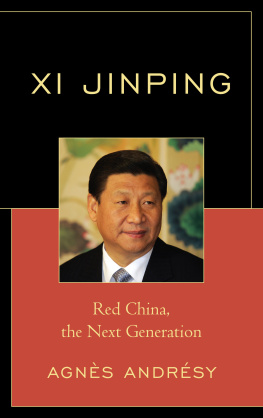
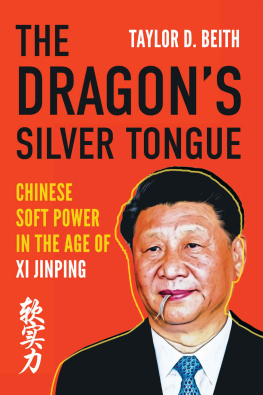
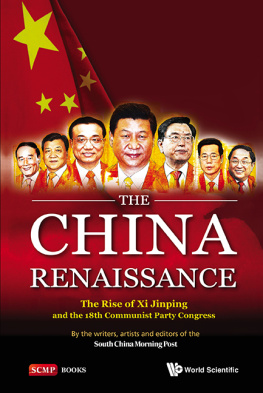
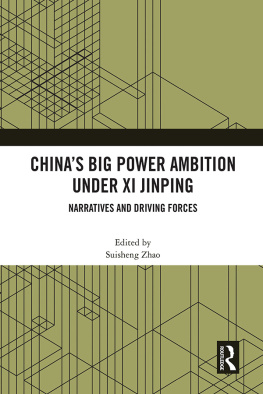
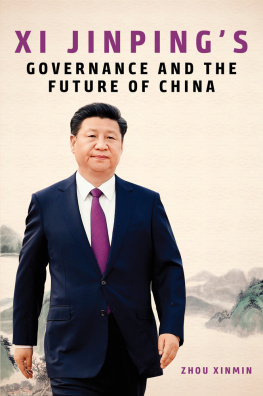

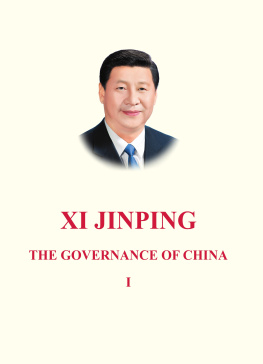
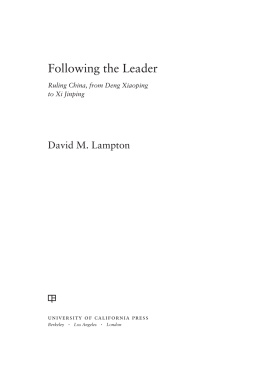

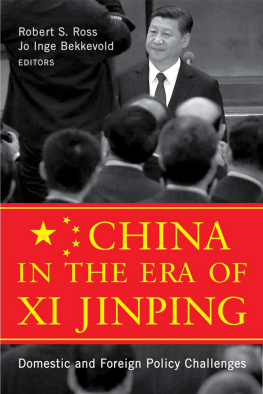
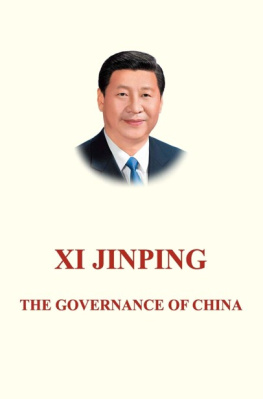
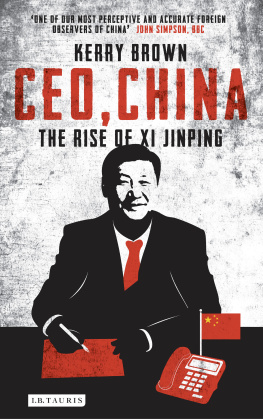
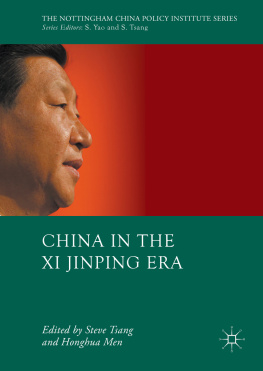
 TM The paper used in this publication meets the minimum requirements of American National Standard for Information Sciences Permanence of Paper for Printed Library Materials, ANSI/NISO Z39.48-1992.
TM The paper used in this publication meets the minimum requirements of American National Standard for Information Sciences Permanence of Paper for Printed Library Materials, ANSI/NISO Z39.48-1992.